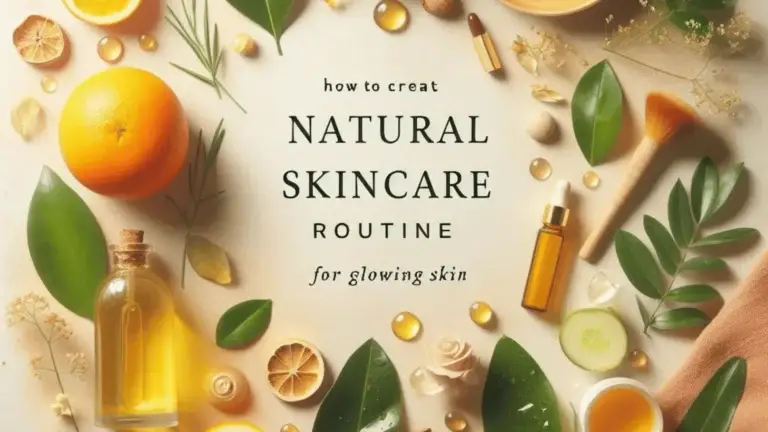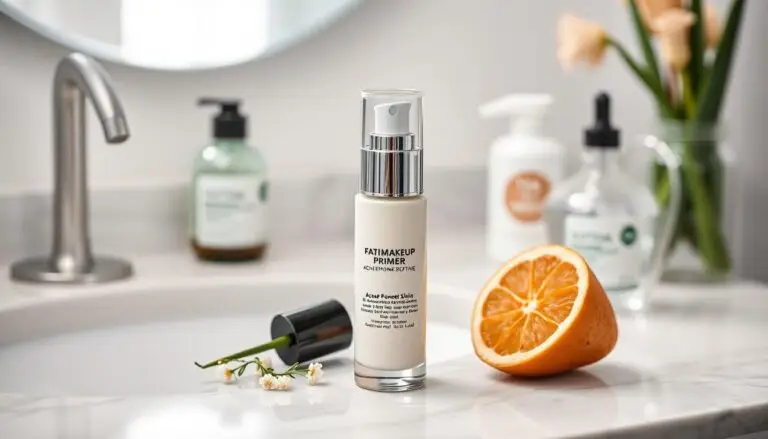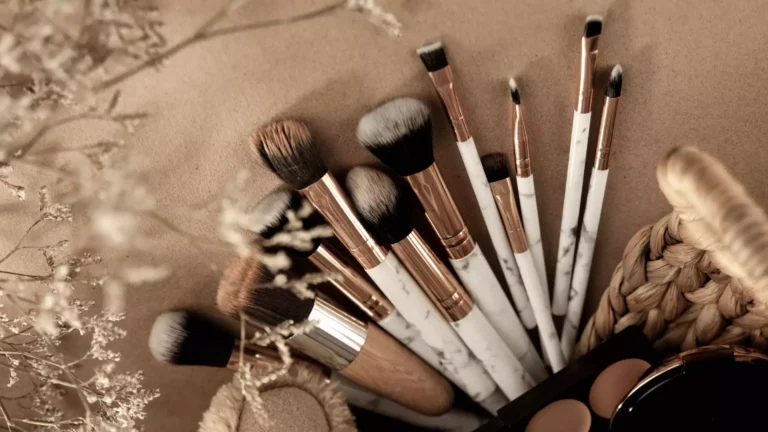What is foundation makeup coverage? Best 12 levels decoded for you
Foundation makeup is one of the most versatile and essential tools in your beauty arsenal. But have you ever wondered, “What is foundation makeup coverage, and why does it matter?” Whether you’re aiming for a natural glow or a full-coverage look, understanding foundation coverage can transform your makeup game. In this guide, we’ll decode the 12 levels of foundation coverage and help you find the perfect match for your skin type and style.
Table of Contents
Engaging Introduction: Is Your Foundation Lying to You?
Have you ever applied foundation, only to realize it doesn’t quite do what you expected? Maybe it looked too heavy, too light, or just plain wrong. If you’ve felt frustrated by your foundation’s performance, you’re not alone. The key to unlocking your foundation’s potential lies in understanding what foundation makeup coverage really means . From sheer to full, there’s a level for every occasion and skin type. Let’s dive in!
Overview: Why Does Foundation Coverage Matter?
Foundation isn’t just about color matching—it’s also about coverage. What is foundation makeup coverage? Simply put, it refers to how much of your skin’s texture and imperfections the product conceals. Coverage can range from barely-there to completely opaque, and choosing the right level depends on your skin type, concerns, and desired look.
For instance:
- Oily skin might benefit from matte finishes with medium-to-full coverage.
- Dry skin often thrives with dewy formulas that offer light-to-medium coverage.
- Combination skin may require layering techniques to balance coverage across different zones.
Understanding coverage ensures you achieve a flawless complexion without overdoing it.
Essential Factors: What Influences Foundation Coverage?
Several factors determine how well your foundation performs:
1. Formula Type
- Liquid foundations : Typically offer lightweight to medium coverage.
- Powder foundations : Great for setting makeup but lean toward medium-to-full coverage.
- Cream foundations : Ideal for dry skin; provide buildable coverage.
2. Skin Type Compatibility
- Normal skin : Can handle almost any formula.
- Sensitive skin : Look for hypoallergenic options with minimal coverage.
- Mature skin : Avoid heavy products that settle into fine lines.
3. Finish Options
- Matte : Absorbs oil and minimizes shine.
- Dewy : Adds radiance and hydration.
- Natural : Balances both for an everyday look.
Step-by-Step Guide to Choosing the Right Coverage
Finding the perfect foundation coverage involves considering three main factors: skin concerns, occasion, and personal preference.
Step 1: Identify Your Skin Concerns
Are you dealing with redness, dark circles, or hyperpigmentation? These issues will dictate the level of coverage you need.
Step 2: Match the Occasion
- Daily wear : Opt for light-to-medium coverage for a fresh, natural finish.
- Special events : Go for medium-to-full coverage to enhance features.
- Professional settings : Stick to medium coverage for a polished yet subtle appearance.
Step 3: Consider Personal Preference
Do you love a flawless canvas or prefer a no-makeup look? Your choice ultimately reflects your style.
Shade Matching Tip: Always test foundation on your jawline in natural light to ensure a seamless blend.
Understanding the 12 Levels of Foundation Coverage
Foundation coverage isn’t one-size-fits-all. Here’s a breakdown of the 12 levels, from sheer to full:
Sheer Coverage (Levels 1–3)
- Description : Barely noticeable; enhances skin tone without hiding imperfections.
- Best For : Natural looks, sensitive skin, or minimalists.
- Application Technique : Use fingertips or a damp sponge for effortless blending.
- Example Products : Glossier Perfecting Skin Tint, NARS Sheer Glow Foundation.
Light Coverage (Levels 4–6)
- Description : Smooths skin while maintaining a natural finish.
- Best For : Everyday wear, normal-to-dry skin.
- Application Technique : Apply with a brush for precision.
- Example Products : Maybelline Fit Me Matte + Poreless Foundation, Estée Lauder Double Wear Nude.
Medium Coverage (Levels 7–9)
- Description : Conceals minor flaws like redness or discoloration.
- Best For : Combination skin, office settings.
- Application Technique : Build layers using a beauty blender.
- Example Products : L’Oréal Paris True Match Super Blendable Foundation, MAC Studio Fix Fluid SPF 15.
Full Coverage (Levels 10–12)
- Description : Hides all imperfections for a flawless finish.
- Best For : Special occasions, oily or acne-prone skin.
- Application Technique : Use a dense brush for maximum impact.
- Example Products : Fenty Beauty Pro Filt’r Soft Matte Longwear Foundation, Kat Von D Lock-It Foundation.
How to Apply Foundation for Best Results
Proper application makes all the difference. Follow these steps for flawless results:
- Prep Your Skin : Cleanse, moisturize, and apply primer to create a smooth base.
- Choose the Right Tools :
- Brush : Best for precision.
- Sponge : Ideal for blending.
- Fingers : Perfect for a natural finish.
- Apply Evenly : Start at the center of your face and work outward.
- Set It in Place : Use powder or setting spray to lock everything in place.
Adjusting Coverage for Different Occasions
Customizing coverage lets you adapt to any situation:
- Morning Routine : Focus on light-to-medium coverage for a fresh, awake look.
- Evening Glamour : Layer medium-to-full coverage to highlight your features.
- Workplace Chic : Balance professionalism with medium coverage for a clean finish.
Longevity & Touch-Up Tips
Make your foundation last all day with these tricks:
- Setting Powder : Dust lightly over problem areas.
- Setting Spray : Finish with a spritz for added staying power.
- Touch-Up Essentials : Carry blotting papers and a compact mirror for quick fixes.
Avoid common mistakes like applying too much product or skipping skincare prep.
Common Foundation Mistakes & How to Fix Them
Even pros make mistakes sometimes. Here’s how to tackle them:
- Cakiness : Use a hydrating primer and avoid over-powdering.
- Oxidation : Test shades in natural light and opt for long-wear formulas.
- Uneven Application : Blend thoroughly and use a damp sponge for tricky spots.
Product Recommendations
Here are some top picks for every budget and coverage level:
| Sheer | Sensitive | Glossier Perfecting Skin Tint |
| Light | Dry | NARS Sheer Glow Foundation |
| Medium | Combination | L’Oréal Paris True Match Super Blendable Foundation |
| Full | Oily | Fenty Beauty Pro Filt’r Soft Matte Longwear Foundation |
Conclusion: Experiment and Find Your Perfect Match
Now that you know what foundation makeup coverage truly means , it’s time to experiment! Try different levels, formulas, and techniques until you discover what works best for you. Remember, makeup is about expressing yourself—so have fun with it!
FAQs: Everything You Need to Know About Foundation Coverage
Q: What’s the best way to apply foundation?
A: Use a damp beauty blender or foundation brush for even application.
Q: Which formula suits mature skin?
A: Cream-based foundations with hydrating properties work wonders.
Q: How do I fix caky foundation?
A: Reapply moisturizer, then blend with a damp sponge.
Mastering foundation coverage takes practice, but with this guide, you’ll be well on your way to achieving perfection. Happy experimenting!




